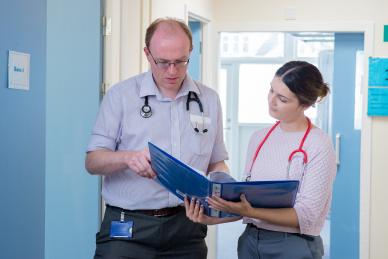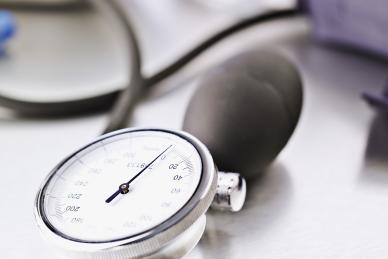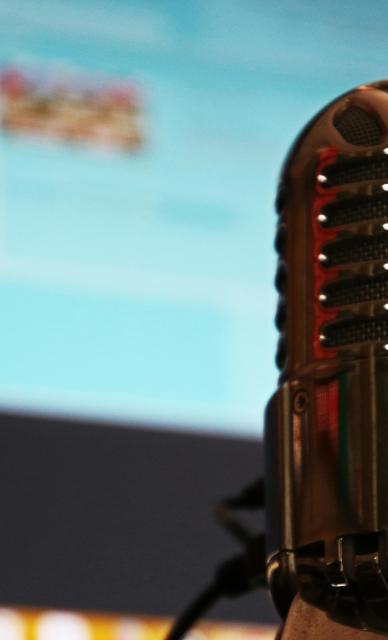Listen to our Cardiology Podcast Episode
In Career Conversations, Dr Kate Gatenby discusses being a Cardiologist and 'Women in Cardiology' more broadly with Dr Marilena Giannoudi.
Empowering medical excellence, shaping healthcare futures.
Lots of work
Procedural skill is constantly tested
Imaging systems generate interesting pictures
There is a huge evidence base to underpin clinical decisions
Lots of work
Lots of phone calls for advice
Potentially little GIM if any at all
Dr Iain Matthews
"I chose cardiology because it balances using your head and your hands."

Cardiology is the most surgical (procedure-orientated) medical specialty. It focuses on a single organ and, although not as cerebral as some other medical specialties, requires focus and clarity of thought. Those less keen on performing angioplasties in the middle of the night or marathon atrial fibrillation (AF) ablation cases can get engrossed in the myriad imaging techniques available. I chose cardiology because it balances using your head and your hands.
Strengthen your CV with a cardiology focus to courses
Undertake audits
Write up case reports
Do presentations etc
Get as much exposure to medical procedures of all types as possible
Try to get to the catheterisation lab, the echocardiogram lab, the magnetic resonance imaging suite etc. to see what goes on
Although not mandatory, some research experience prior to applying is looked upon very favourably
| 8:00am | 9:00am | Talk to patients prior to coronary angiography list. |
| 9:00am | 12:00pm | Coronary angiography list. |
| 12:00pm | 12:30pm | Talk to patients about results of their coronary angiography. |
| 12:30pm | 1:00pm | Reporting electrocardiography (ECG) results for GPs and 24-hour tapes for other specialties. |
| 1:00pm | 5:00pm | Transthoracic echo list. |
| 5:00pm | 5:30pm | Check on current inpatients on the ward. |
| 5:30pm | 6:00pm | Paperwork and then home. |


Using your head and your hands to treat a single (very important) organ.
A five-year programme (ST4-ST8). Training is split into two sections – two years general training and sub-specialty cardiology in the final two years. There are five distinct sub-specialty areas – adolescent and adult congenital heart disease, advanced rhythm training, heart failure, imaging and interventional cardiology. It is possible to combine some of the five areas but not all. There is a requirement in some areas for competitive recruitment to your chosen sub-specialty. General Internal Medicine (GIM) counts as a sub-specialty training area and is combined with another of the five areas - a significant proportion of trainees chose to drop GIM for this reason.
Knowledge-based assessment (KBA) is a computer-based test of general cardiology knowledge that is sat at ST5 level and needs to be passed before the conclusion of ST7. Some sub-specialty areas have their own examinations e.g. British Society of Echocardiography, Heart Rhythm UK which, although not mandatory, are strongly recommended.
Logbook: There has been a move away from just using quantity as a means of assessing competency, however there is still a guide to the expected number of procedures at core and sub-specialty level.
Specialty Skills: Cardiology is a procedure-heavy specialty (most of which are taught on the job) and proficiency is assessed regularly. For those less ‘hands-positive’ there is a sizeable array of imaging modalities e.g. echo, cardiac magnetic resonance imaging (MRI), cardiac computed tomography (CT), and nuclear cardiology.
Mandatory Training: Advanced life support (ALS) course, ionising radiation (medical exposure) regulations course (to learn to stand further away from the X-rays and other very important information!).
A culture of ensuring research exposure during your training exists within cardiology. Most trainees will have a further degree either before entry or will take time out of programme (OOP) to get one during training.

In Career Conversations, Dr Kate Gatenby discusses being a Cardiologist and 'Women in Cardiology' more broadly with Dr Marilena Giannoudi.